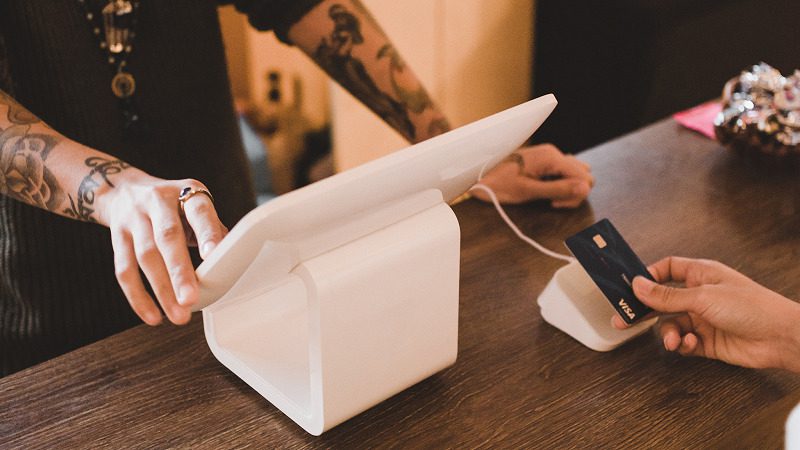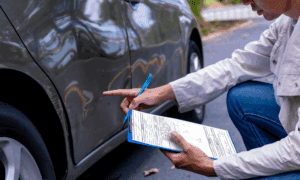The word “biometrics” comes from the Greek words “bio” (life) and “metrics” (measurement) (to measure). Due to substantial improvements in the field of computer processing, automated biometric solutions have just recently been available.
Many of these new automated procedures, on the other hand, are based on concepts that date back hundreds, if not thousands, of years. Biometrics is currently the most effective method for reliably and quickly identifying and verifying individuals based on their unique biological traits.
A Quick History of Biometrics
Ts’In She, the Chinese emperor in the second century B.C., was already using a fingerprint to authenticate individual seals. However, the first systematic capturing of hand photographs for the sake of identification was reported in 1858. Working for the Indian Civil Service, Sir William Herschel wrote each worker’s handprint on the back of a contract to differentiate employees from others who could claim to be workers when payday arrived.
As time passed by, major developments, notably in the application of biometric technology in the security and surveillance sectors, occurred in the second half of the 1980s.
For example, substantial breakthroughs in iris recognition began in the late 1980s, with the first algorithm patent for automated iris identification filed in 1994. When a suspected or suspicious individual tries to cross security, airports and border controls will initially utilize fingerprints, iris scans, or facial features on file as a reference point.
New Era of Biometrics
Biometric technology was developed in the banking, retail, and mobile phone industries in the early to mid-2010s. Apple’s 5s smartphone, debuted in 2013, was the first to deploy fingerprint scanning as a biometric authentication technique to the general public.
In 2016, HSBC revealed that up to 15 million of its banking clients in the UK would be able to use voice recognition and touch security services. Other banks quickly followed suit, and now it is commonplace to utilize fingerprint recognition instead of a human PIN code to access mobile banking services.
Facial recognition was next in 2018, instead of the usage of fingerprints to unlock phones. Samsung’s Galaxy S8 was one of the first major devices to use the software in 2018. While this was first used by the Galaxy Nexus in 2011, it was deemed too much of a “gimmick” and unreliable, demonstrating how far technology has progressed in such a short period of time.
Main Types of Biometrics to Identify a Person
There are two types of biometric identifiers.
Physical or Physiological Measures
Fingerprint
Fingerprint recognition is commonly regarded as the most widely used, convenient, and oldest method of biometric identification. Fingerprints are simple to make and may be validated by comparing the patterns’ distinctive loops, arches, and whorls. After the print is captured, powerful algorithms process the picture to create a one-of-a-kind digital biometric template.
Face Recognition
These identifiers operate with technology for identifying two-dimensional pictures of faces derived from pictures and video sequences. As multimedia technologies advance, more video cameras are being deployed on city streets and squares, airports, train stations, and other congested areas, indicating the path of development and progression in facial recognition search.
Iris Recognition
Iris scanners have the benefit of not requiring the user to focus on the target because the iris pattern is visible on the eye’s surface. The eye may be scanned from a distance of less than 1 meter.
Retina Scan
Retinal scans use special near-infrared cameras to record capillaries deep within the eye. The raw photo is enhanced before being processed again as a digital signature for usage during both registration and authentication.
Biological Analyses
Certain fields of expertise, such as medical teams and police forensics, may employ DNA, blood, saliva, or urine.
Behavioral Measurements
Voice Recognition
This is also one of the first biometrics systems. The sound generated is determined by the form of a person’s vocal tract, which includes the nose, mouth, and larynx. The way a person expresses anything behaviorally – movement changes, tone, tempo, accent, and so on – is likewise distinct to each person.
Nasal tone, basic frequency, inflection, and cadence are the most essential qualities utilized for speech authentication.
Signature Dynamics
Simply the degree of similarity between the two images is utilized for signature recognition. The measurements are digitally captured, and the data is subsequently utilized to generate an automated biometric identity for later verification.
Keystroke Dynamics
Similar to a signature dynamic but instead a code or two-factor authentication is generated to verify the identity of the individual.
The Future of Biometrics

Many biometric services are being developed and tested right now. Hopefully, these biometric technologies will be widely used in a few years. Plastic cards will soon fade into the background, and fingerprint scans will become a commonplace procedure.
Already we are seeing iPhone users use Apple Pay for their payments wherein they can simply virtually access their card through their smartphone by entering their passcode or via face recognition. This has come a long way compared to what we saw two years ago.
For example, in the last couple of years, with the support of the Bank of Cyprus and Mountain America Credit Union, Visa launched biometric payment cards. These cards had an on-card biometric sensor for contactless payments that can be used to test fingerprint recognition in order to verify a cardholder’s identification during the transaction.
Other sectors that will extremely benefit from biometrics are the government, immigration, and staff management.



































